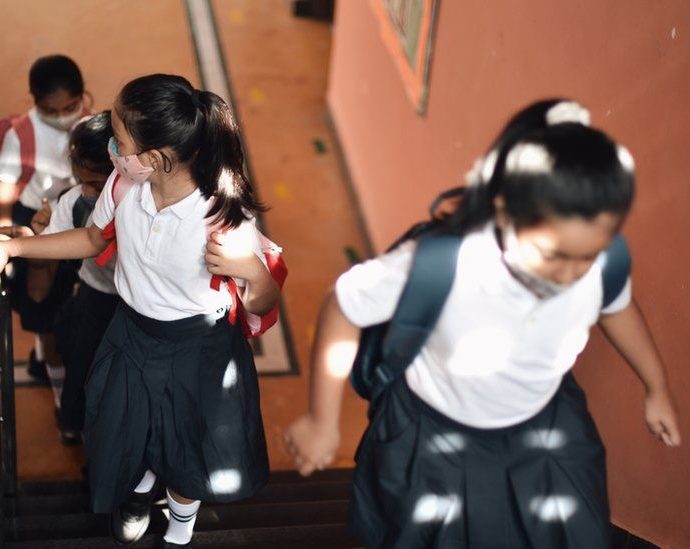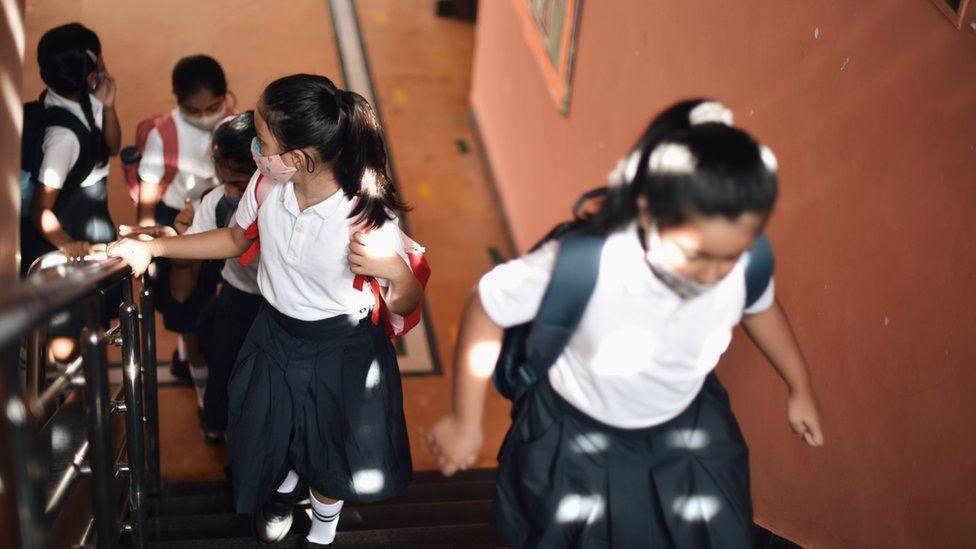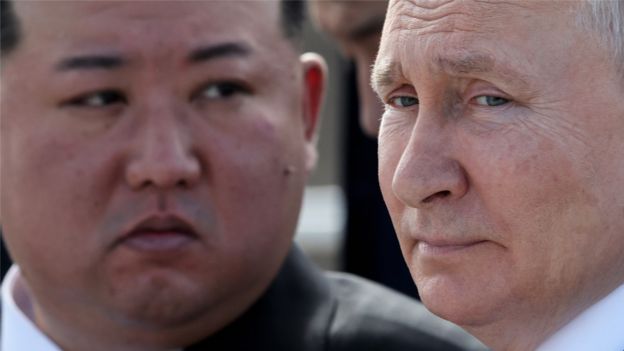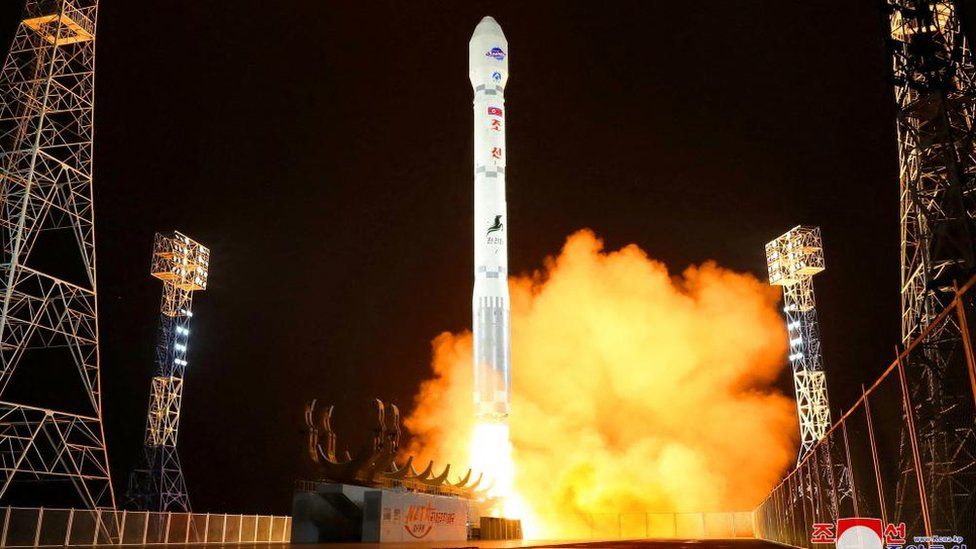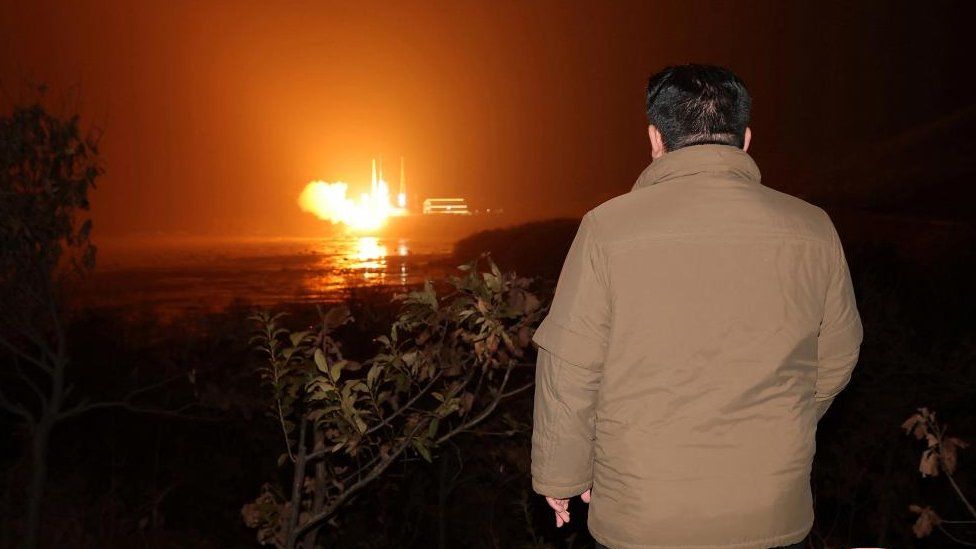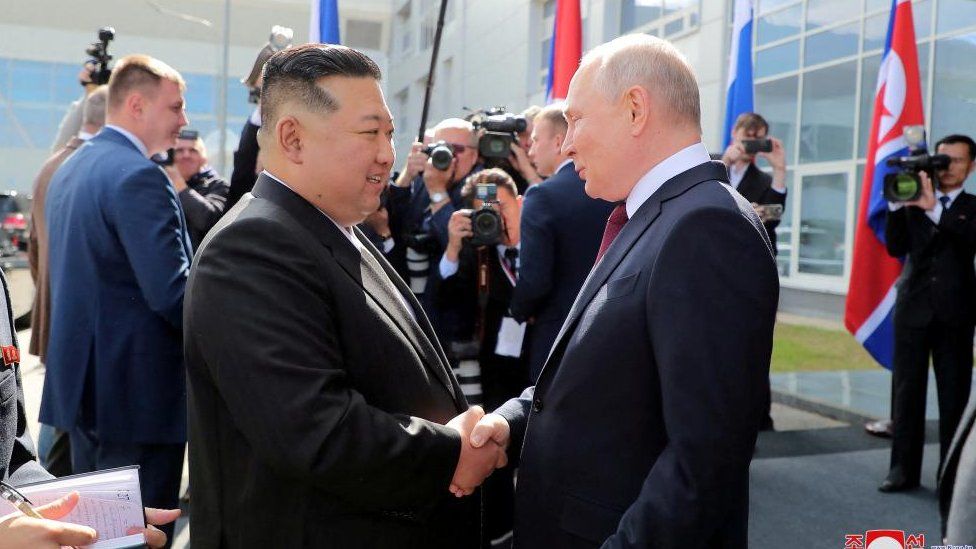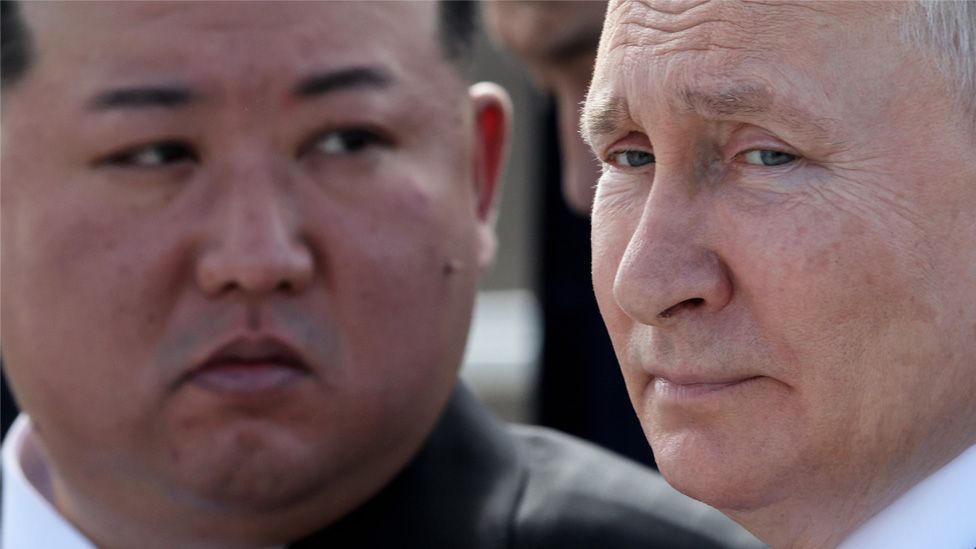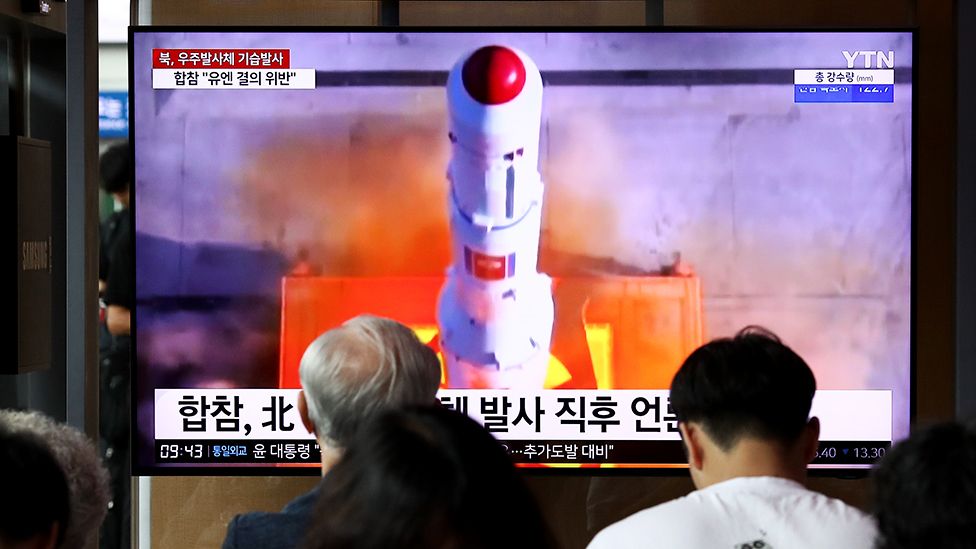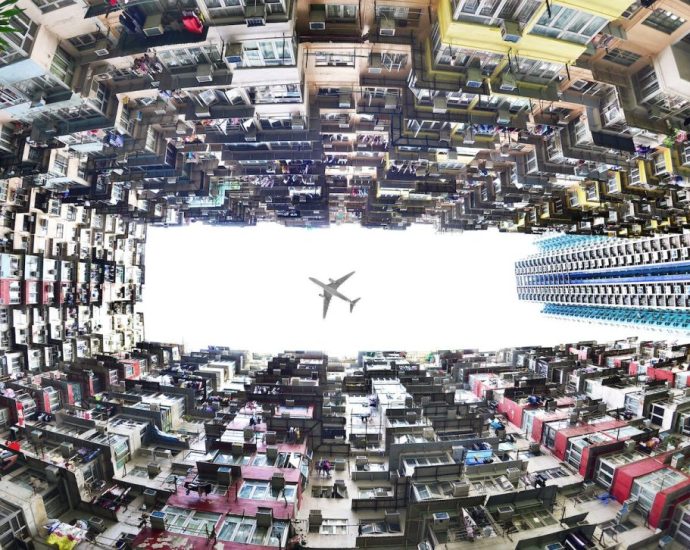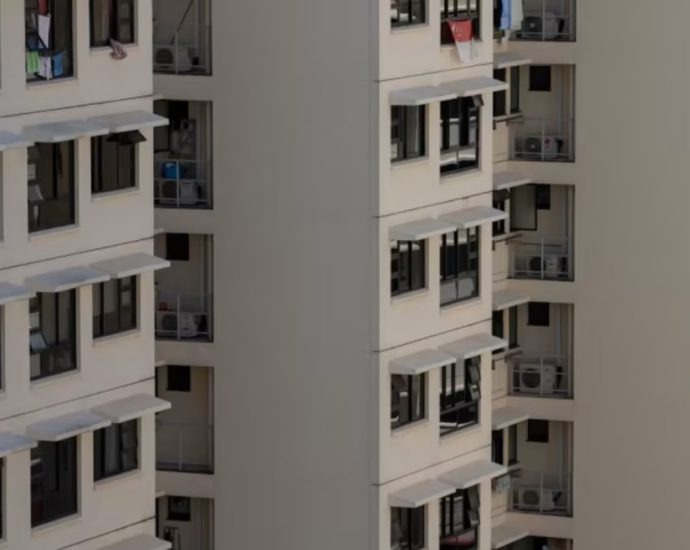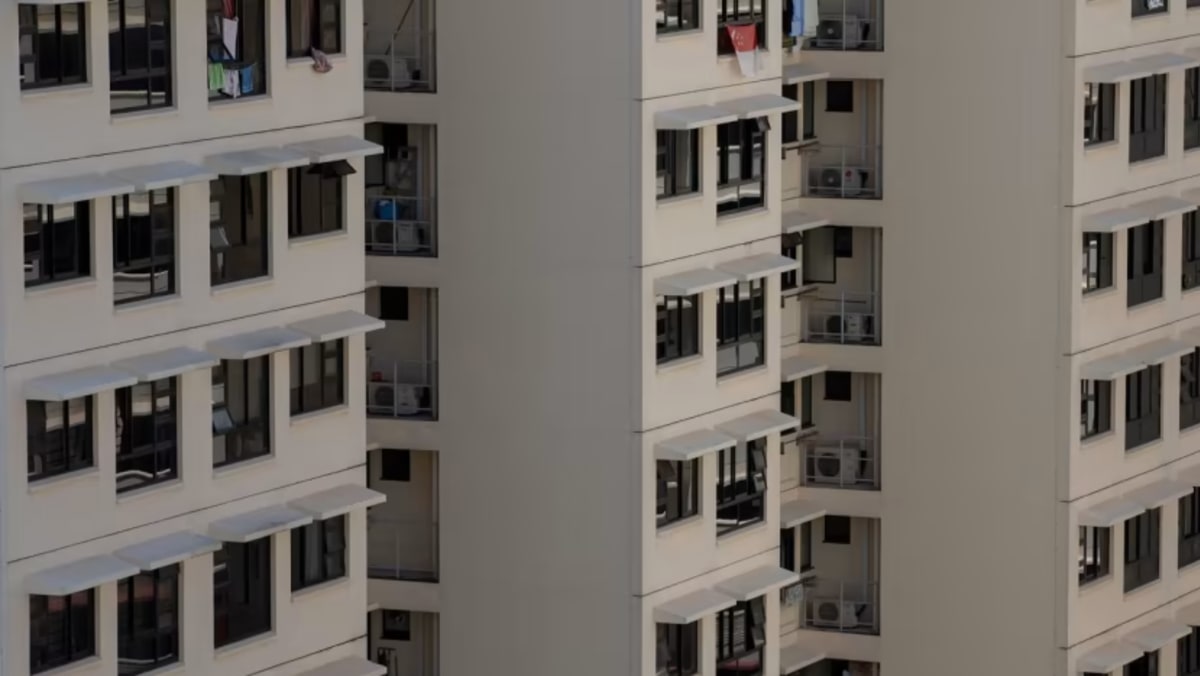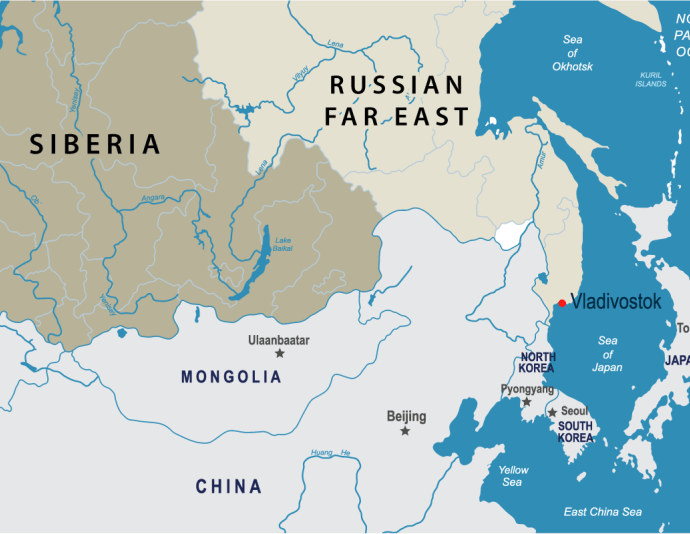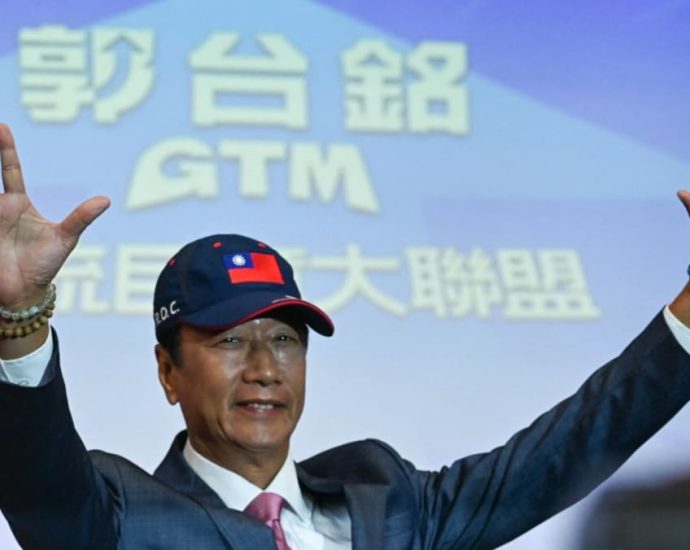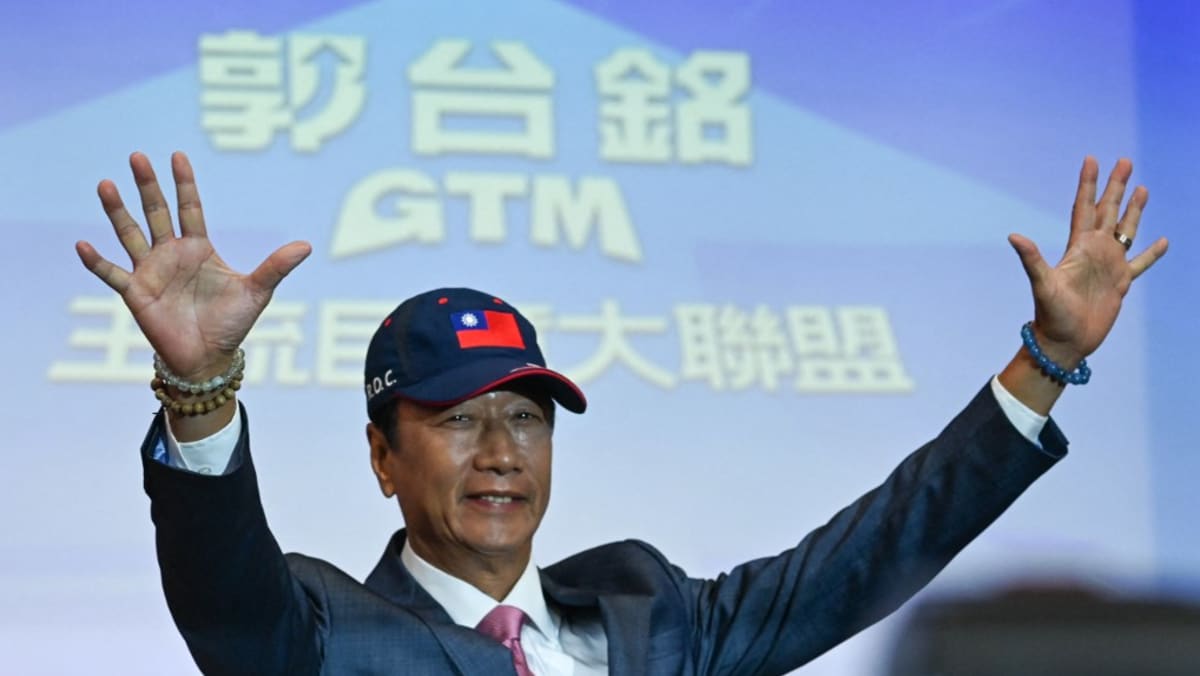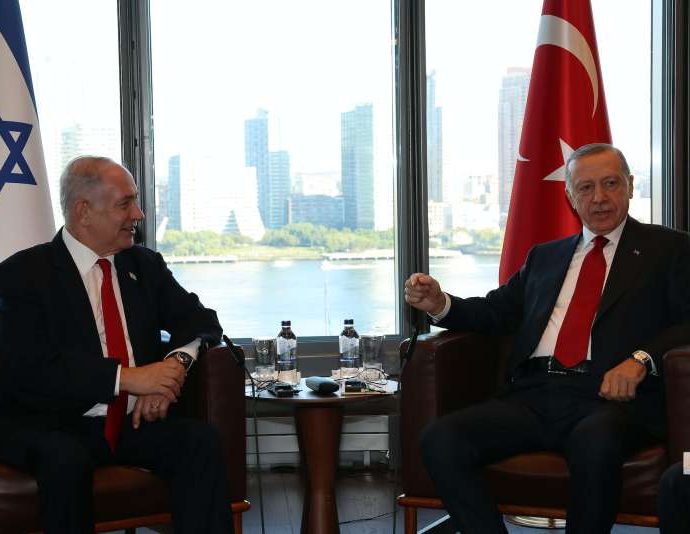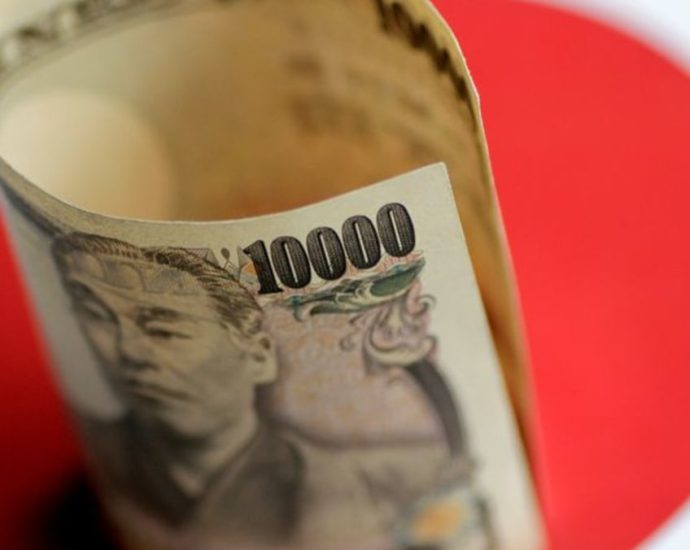Healthcare professionals to get AI training as Singapore continues push towards preventive care

SINGAPORE: As Singapore moves towards preventive care for its people, artificial intelligence (AI) is set to help.
The country can harness AI to focus on delivering better diagnosis and treatment, early detection, prevention and prediction of diseases and faster drug development, said Dr Janil Puthucheary, Senior Minister of State for Health at the AI Health Summit on Thursday (Nov 23).
“The application of AI may take some more time to mature, and we are looking at how AI can help in the shorter term to enhance clinical decision support, increase productivity of our healthcare teams, and support individuals,” he said.
“Patients will be better and healthier residents in their Healthier SG journey for preventive population care.”
Ultimately, the impact of AI is felt through the healthcare professionals in delivering their work, he noted, adding that this means that they need to be equipped to make the best use of the new technology.
“They need to understand not only AI’s potential, but also its limitations and ethical implications of using these technologies,” he said.
To that end, under a Memorandum of Understanding (MOU) signed between AI Singapore — the national programme to boost AI capability — and SingHealth at the summit, healthcare professionals will receive AI training and qualification catered for their industry.
There will be support for joint research and innovation projects. The education programmes will start in June next year, and include a 10-part e-learning video, as well as physical classes and workshops. Topics include AI ethics.



